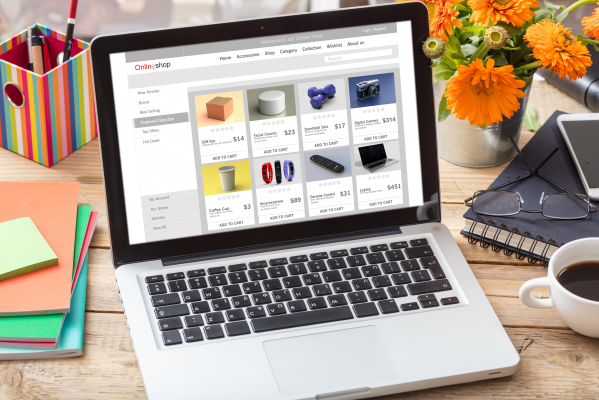UX Testing and Gathering User Feedback for Exceptional UI
Feltöltés dátuma:
In today's highly competitive digital landscape, creating an exceptional User Interface (UI) is crucial for success. But how do you ensure that your UI design truly meets the needs and expectations of your users? The answer lies in User Experience (UX) testing and gathering user feedback. In this comprehensive article, we will delve deep into the importance of these practices and provide detailed insights into how they can help you craft an outstanding UI that resonates with your audience.
The Importance of UX Testing
1. Identifying User Pain Points
UX testing involves putting your UI design or wireframes into the hands of real users to observe their interactions and experiences. One of the primary goals of UX testing is to identify user pain points, frustrations, and usability issues that users may encounter while navigating your application or website. This can include anything from confusing navigation to slow loading times. By uncovering these pain points, you can prioritize improvements that directly address user concerns, resulting in a smoother and more enjoyable experience.
2. Enhancing Usability
Usability is a cornerstone of effective UI design. Through UX testing, you can assess how easily users can complete tasks, find information, and navigate your interface. This feedback allows you to optimize your UI for smoother and more intuitive interactions, ultimately boosting user satisfaction.
3. Validating Design Decisions
UX testing serves as a valuable tool for validating design decisions. It helps you determine whether your design choices align with user expectations and preferences. If certain elements of your UI confuse or frustrate users, it's a clear signal that adjustments are needed.

Source: Guide to Hiring UX Designers
Gathering User Feedback
1. Surveys and Questionnaires
Surveys and questionnaires are a popular method for gathering user feedback. You can design them to target specific aspects of your UI, such as overall satisfaction, ease of use, or specific features. Keep the questions clear and concise to encourage participation.
2. User Interviews
User interviews offer a more in-depth approach to gathering feedback. Through open-ended questions and conversations, you can gain valuable insights into users' thoughts, feelings, and experiences with your UI. These insights can be particularly useful for understanding the "why" behind user behaviors.
3. Heatmaps and Analytics
Analytical tools like heatmaps and user behavior analytics can provide quantitative data about how users interact with your UI. Heatmaps visually display where users click, move, or linger on your interface, helping you identify areas of interest or confusion.
4. A/B Testing
A/B testing involves presenting users with two different versions of your UI and comparing their performance and preferences. This method allows you to make data-driven decisions by measuring which design or feature resonates better with your audience.
The Iterative Design Process
UX testing and user feedback should be an integral part of the iterative design process. Continuously gather feedback, make improvements, and test again. This cycle helps you refine your UI over time, ensuring that it remains aligned with user needs and preferences, even as they evolve.
Creating an exceptional UI is not a one-time thing; it's an ongoing commitment to delivering the best possible user experience. UX testing and gathering user feedback are essential tools for achieving this goal. By identifying pain points, enhancing usability, validating design decisions, you can create a UI that not only meets but exceeds user expectations. In today's competitive digital landscape, exceptional UI design is a powerful differentiator that can lead to increased user satisfaction, loyalty, and success.
Sign up for our newsletter!
Sign up for our newsletter to be the first to know about our latest projects and technological innovations.
Predicting Trends and Demand: The Power of AI in Inventory Forecasting
Inventory management is a critical aspect of any business, influencing costs, customer satisfaction, and overall profitability. Traditionally, inventory forecasting relied on manual methods and historical data analysis, often resulting in inaccuracies and inefficiencies. However, with the advent of Artificial Intelligence (AI) and machine learning, businesses now have powerful tools at their disposal to predict trends and demand with unprecedented accuracy. In this article, we'll explore the transformative power of AI in inventory forecasting and how businesses can leverage these technologies to optimize their supply chain operations.
Navigating Regulatory Compliance and Legal Considerations with Utility NFTs
As utility Non-Fungible Tokens (NFTs) gain traction across various industries, it's crucial for developers, businesses, and users to navigate the legal landscape and ensure compliance with regulatory requirements. While utility NFTs offer innovative solutions for ownership, access control, and digital asset management, they also pose legal challenges related to intellectual property rights, securities regulations, data privacy, and consumer protection. In this article, we'll explore the key legal considerations and regulatory compliance issues associated with utility NFTs and provide guidance on how to navigate them effectively.

















